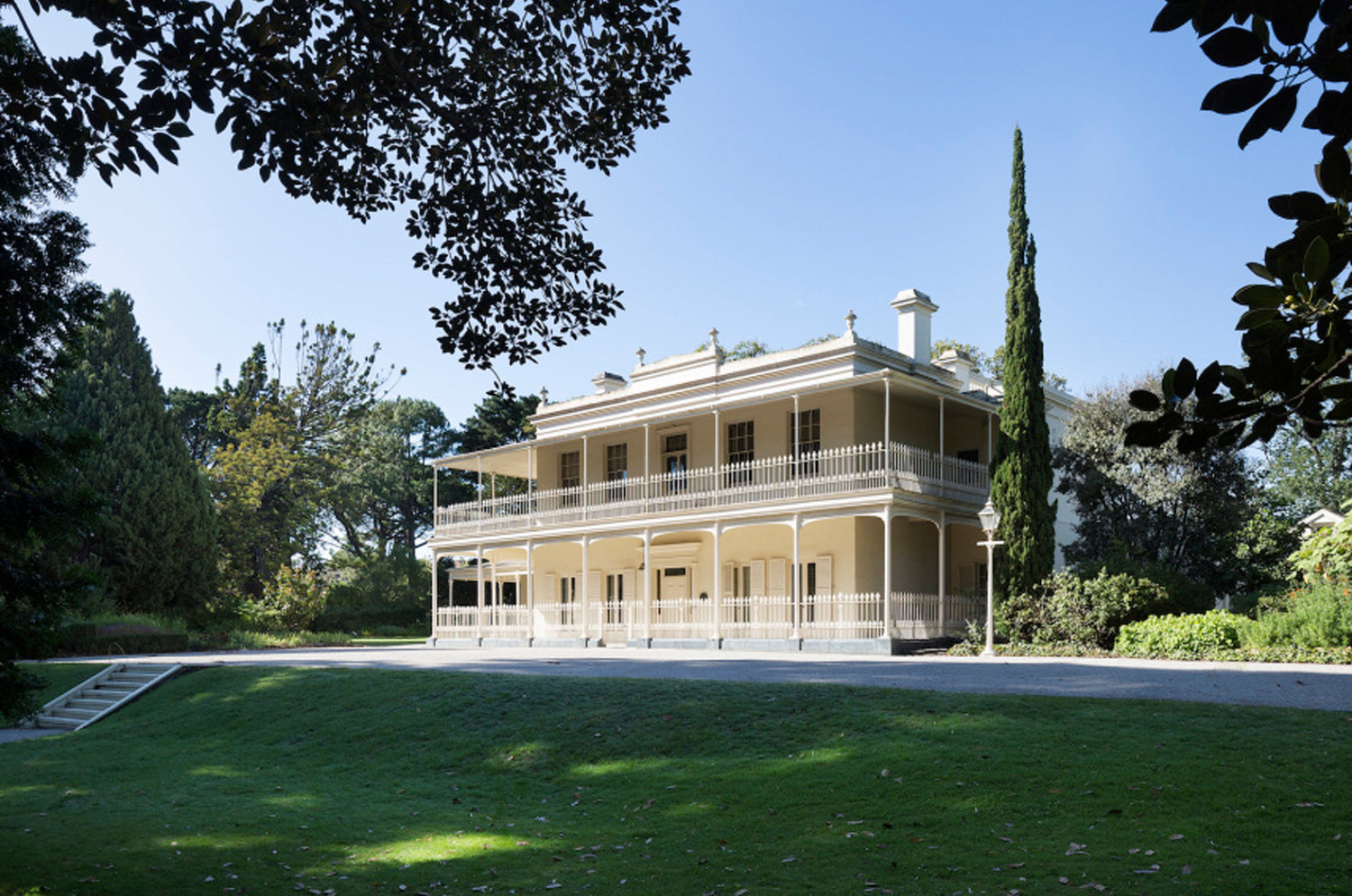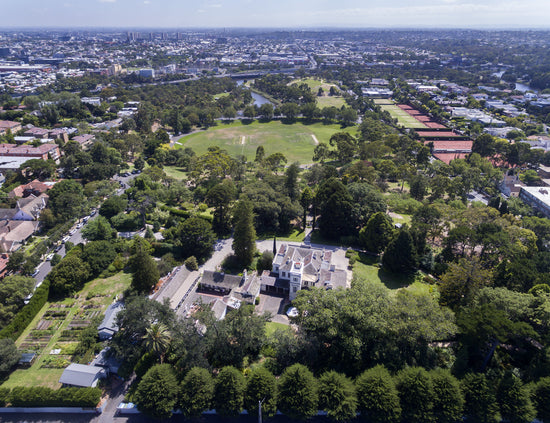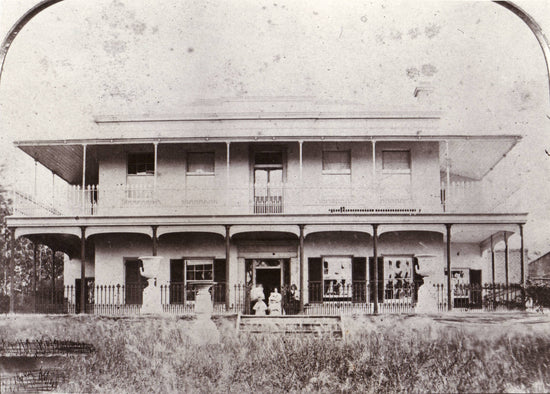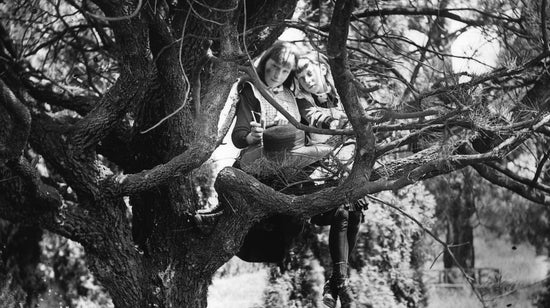COMO HOUSE
Immerse yourself in the history and luxury that make Como Melbourne’s most glamorous stately home.
Built in 1847, Como House and Garden is an intriguing mix of Australian Regency and classic Italianate architecture.
Como offers a glimpse into the privileged lifestyle of former owners, the Armytage family, who lived there for nearly a century.
The Armytages became famous amongst Melbourne high society and equally famous for their many elegant dances, dinners and receptions. Those elegant dining and reception rooms are still furnished with Armytage family heirlooms and even the servant’s areas, kitchen and laundry have been preserved.
Updated Conditions of Entry
The safety of The National Trust's visitors and staff remains top
priority. Measures have been put in place to protect the health and
wellbeing of everybody and conditions of entry will apply to all
visitors and staff. Please review their updated Conditions of Entry for more information.
Guided tours of the house operate on select Wednesdays (2pm only), Fridays (2pm only), and Saturdays and Sundays (11am, 12.30pm and 2pm).
Join the National Trust for a guided tour of the house for a rare glimpse into the opulent lifestyles of former owners, including the Armytage family, who lived there for over a century. Famous among
Melbourne high society for its elegant dances, dinners and receptions, the Armytage home remains furnished with original family heirlooms. Even the servant’s areas have been carefully preserved.




